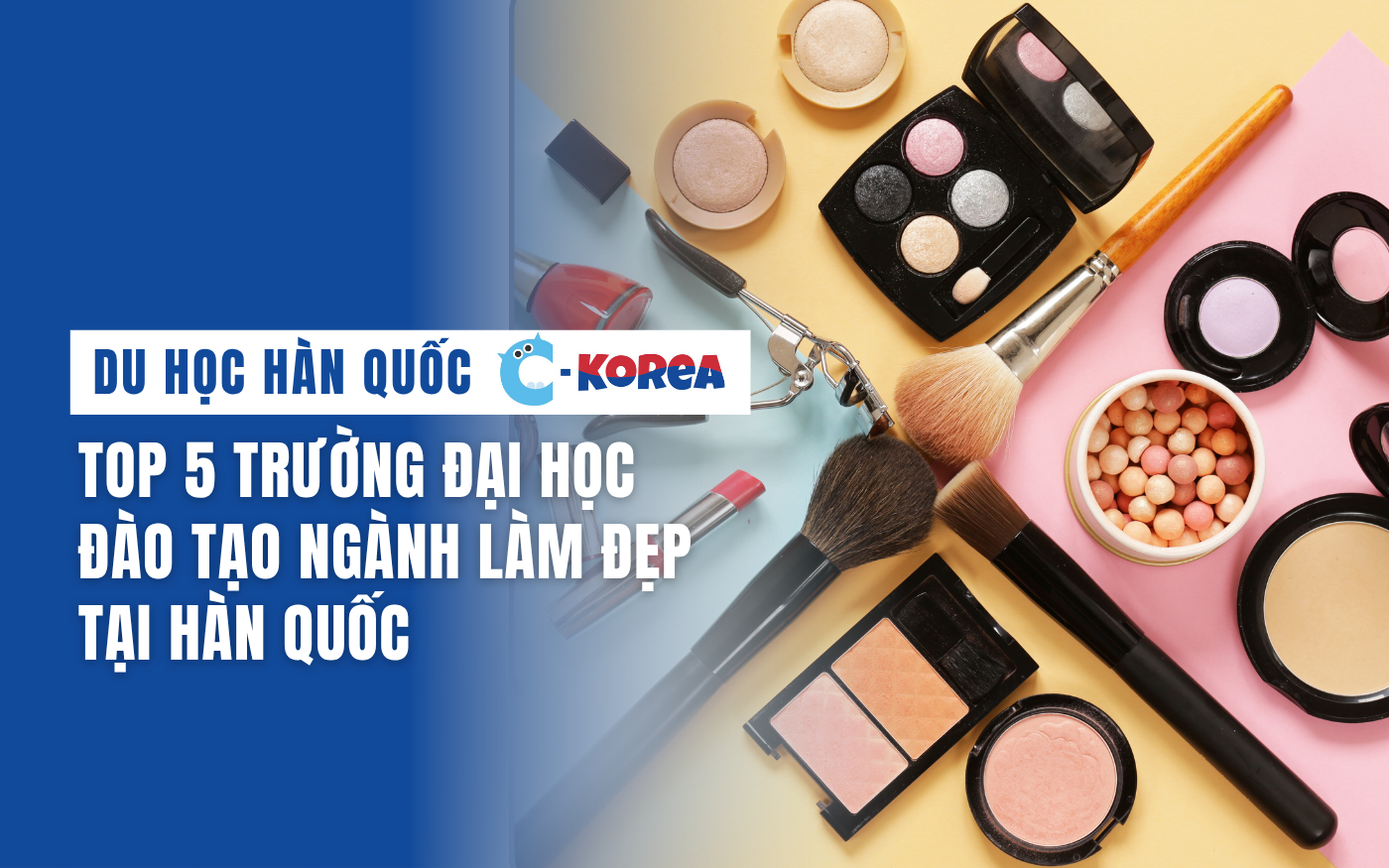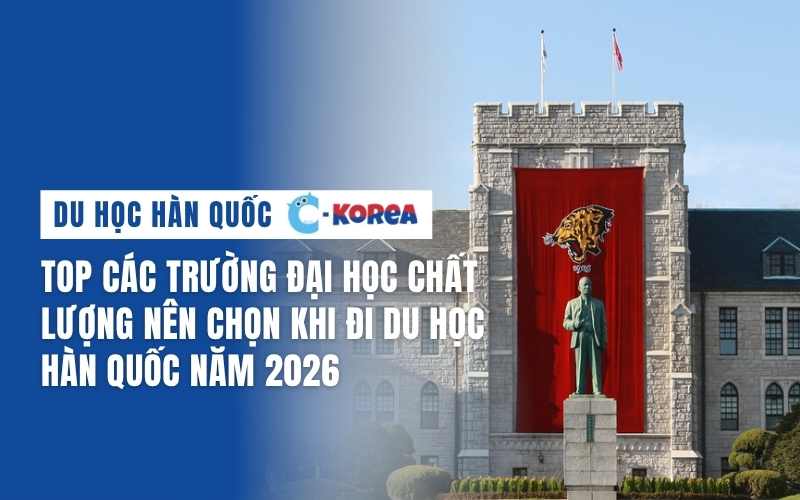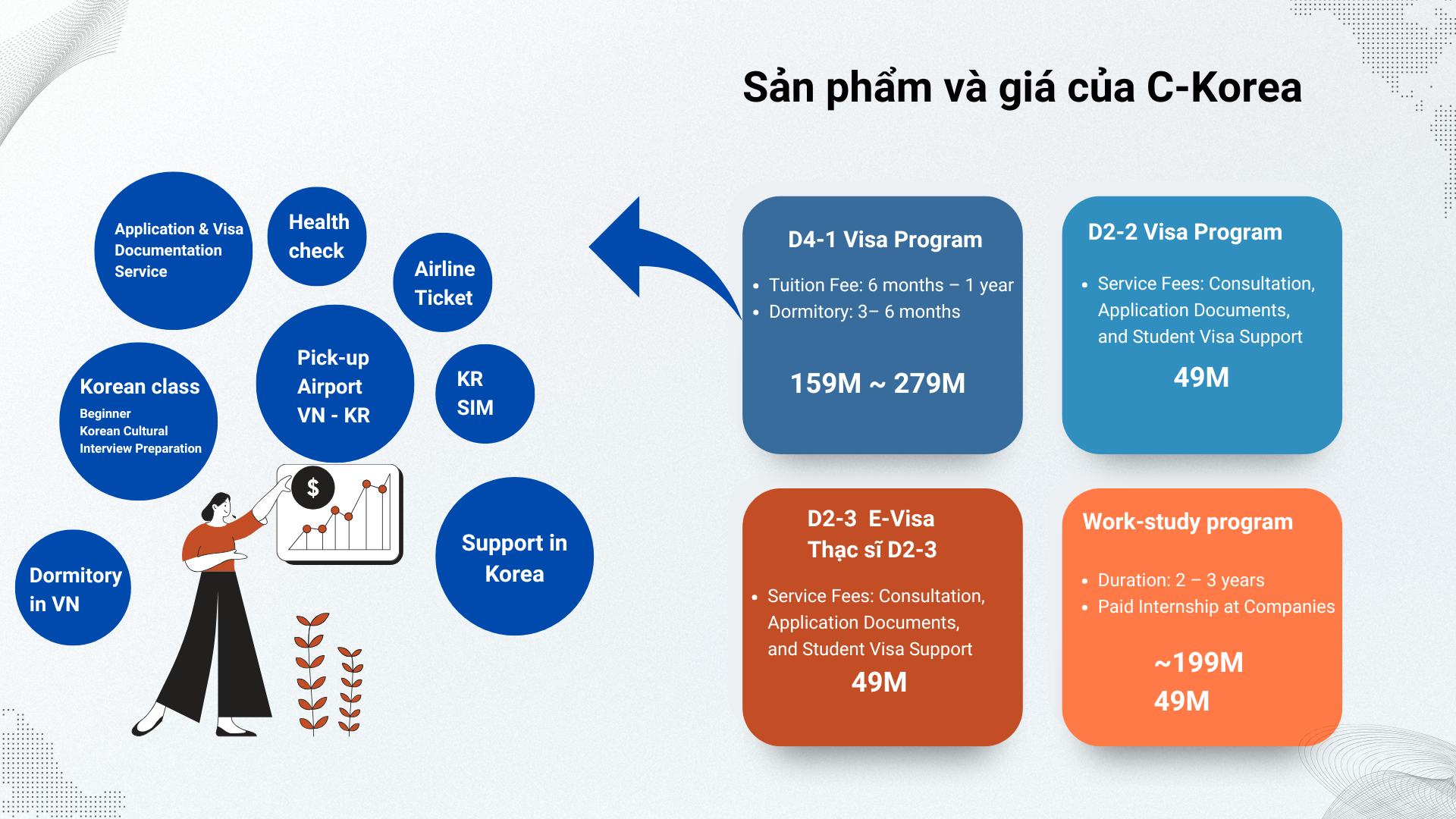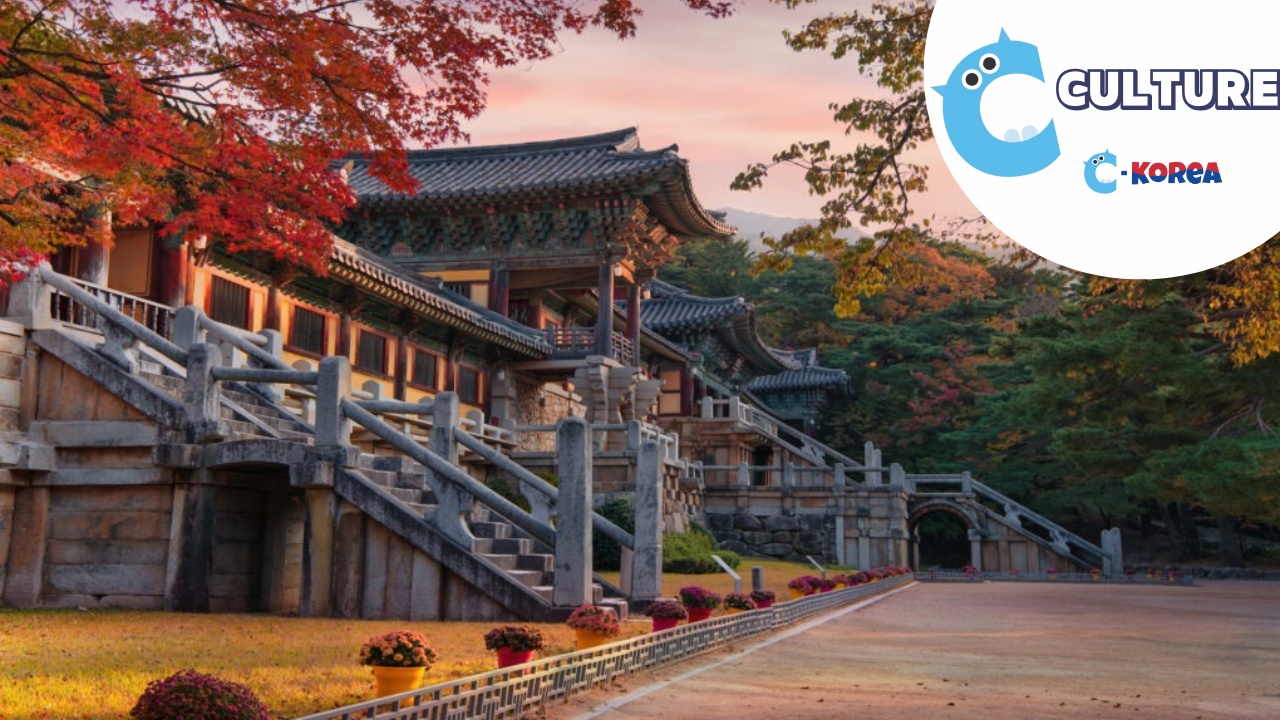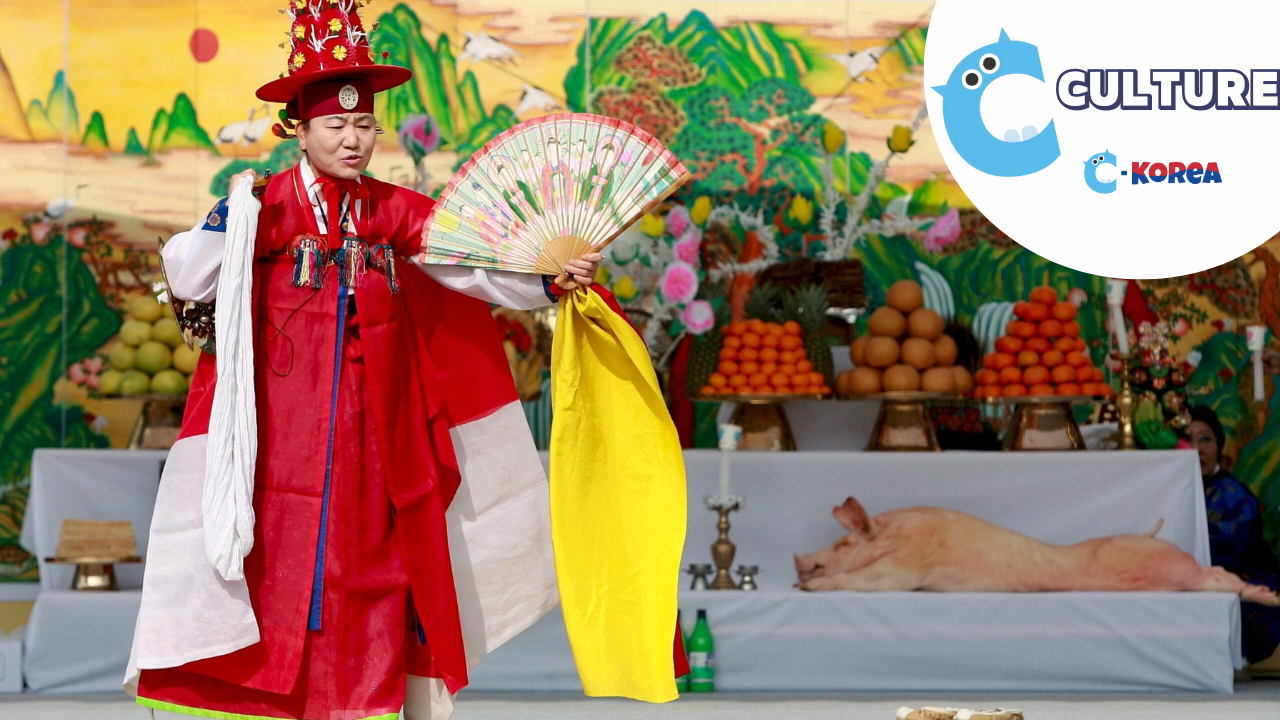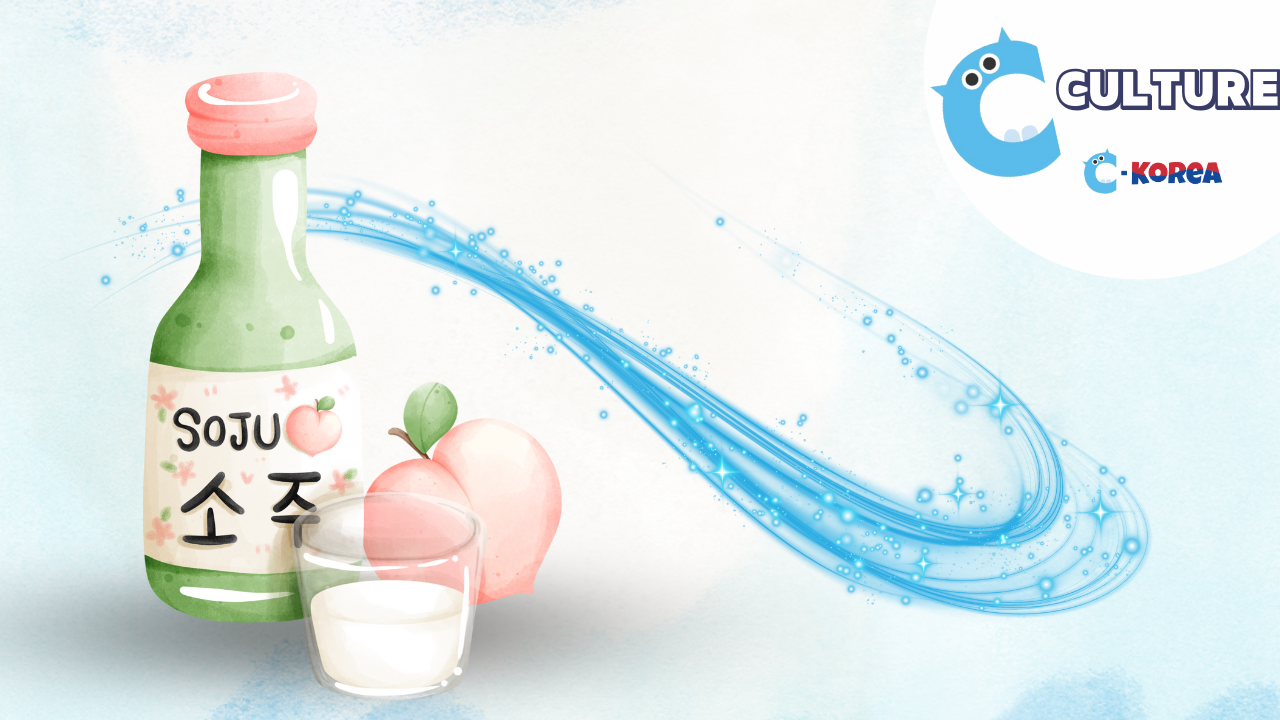Hanbok represents one of the most visible aspects of Korean culture, which is the culture of dressing. Traditional Korean Hanbok has a long history, based on the paintings on the murals in the tombs of kings from the Three Kingdoms period (Goguryeo, Silla, and Baekje, from 57 BC to 668 AD). During the Goguryeo period, Korean clothing was heavily influenced by Chinese and Buddhist thought. That was the beginning of Hanbok.
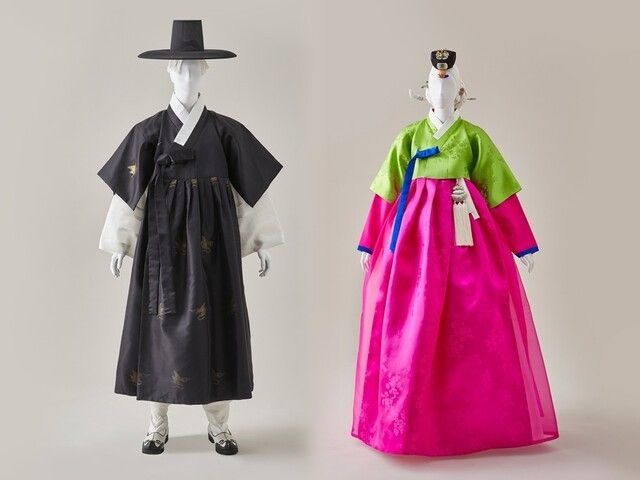
The elaborate, multi-layered structure of Hanbok shows a meticulous, careful, and well-groomed personality:
+ Women’s Hanbok consists of two main parts: Jeogori and Chima. Jeogori is a short jacket, Chima is a high-waisted skirt. Jeogori can be short enough to cover the chest or long enough to reach the waist (with a crescent-shaped curve or simply a straight hem). Jeogori is accompanied by Otgoreum (bow), Boseon (boat-shaped cloth shoes). In addition, a layer of “inner Hanbok” can also be worn with Jeogori, but all are white
+ Men’s Hanbok consists of Jeogori (outer jacket), Baji (long pants) and Durumagi (cloak). Durumagi is knee-length or longer, Jeogori is hip-length, Baji is wide and tight at the hem. Accompanying the male and female Hanbok are the Gat (hat), Dalleyong (waistband) and Boseon. Like the female Hanbok, the male Hanbok also has a white inner layer.
Accompanying the Hanbok, in addition to the male headgear, there are also many female accessories such as hairpins, flower pins, hats, hair ties, etc., especially in many colors and variety. The Hanbok does not have a purse, so the wearer often carries small bags made of silk, which can be embroidered with additional motifs, called Joomeori.
Hanbok costumes are carefully tailored, concealing the female body according to Eastern concepts, with different styles in each period:
+ At the end of the Three Kingdoms period, noble women began to wear long coats reaching to the waist (tied at the waist) and long skirts covering the legs, while noble men wore wide pants, tightened at the ankles and a tunic with a belt at the waist.
+ During the Koryo period (918 – 1392), Chima (high-waisted skirt) was worn shorter, Jeogori (short coat) was worn only to the waist and had an Otgoreum (bow) on the chest (instead of a belt) and the sleeves were cut in a very gentle and graceful curve.
+ During the Joseon Dynasty, women’s Jeogori was designed to be tighter and shorter. In the 16th century, Jeogori was very wide and below the waist, but by the end of the Joseon Dynasty (19th century), this shirt was designed to be so short that it could not cover the chest. At the end of the dynasty, Korean people wore long Chima and short, tight-fitting Jeogori. Under the Chima, people had to wear many layers of petticoats to make the skirt puffy and more beautiful.
In addition to being close to nature, the patterns and materials of the Hanbok are the basis for distinguishing social classes (characteristics of hierarchy):
+ The patterns in Hanbok also often tend to be natural patterns or noble symbols such as dragons and phoenixes, which can be printed on silk, satin, brocade, etc., or hand-embroidered in many elaborate and delicate shapes. A quite popular pattern on Hanbok is the yin-yang circle, or a circle divided into three parts with three basic colors: red, yellow and blue.
+ Hanbok is famous worldwide for its diversity because the color of Hanbok does not depend much on the occasion of wearing, except for funerals, Koreans often wear Hanbok made of white hemp or black fabric, if they are relatives of the deceased, women often wear a small white bow in their hair. Hanbok for weddings often has dragon and phoenix motifs, ancient motifs are meticulously embroidered on royal Hanbok or Hanbok worn when participating in major events.
Hanbok in today’s society:
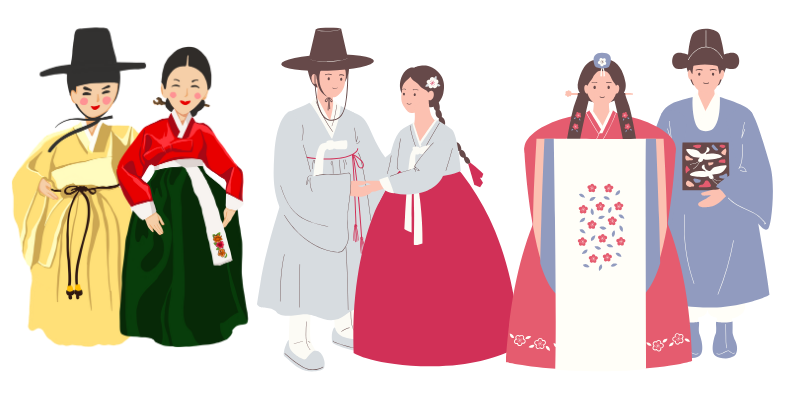
Besides traditional Hanbok, modernized Hanbok today has two popular types: Saenghwal Hanbok (생활 한복) and Gaeryang Hanbok (개량한복), both of which are designed simpler than traditional Hanbok. The two modern Hanbok types have very few changes in materials and patterns, but mostly in structure, mainly in the length of Jeogori and Chima. This change is intended to suit daily life activities, and to serve the tourism activities of foreign visitors.
For more information about studying and working in Korea , please contact :
C-KOREA CULTURE AND STUDY ABROAD CONSULTING CO ., LTD.
- Address : 5th Floor , 94-96 Nguyen Van Thuong , Ward 25 , Binh Thanh District , Ho Chi Minh City
- Hotline: +84 28 7308 4247
- Facebook: https://www.facebook.com/profile.php?id=61565051012830
- Tiktok: https://www.tiktok.com/@duhoc_ckorea
- Youtube: https://www.youtube.com/channel/UCQspuqhQlf4IRFCDzN4ce2A







